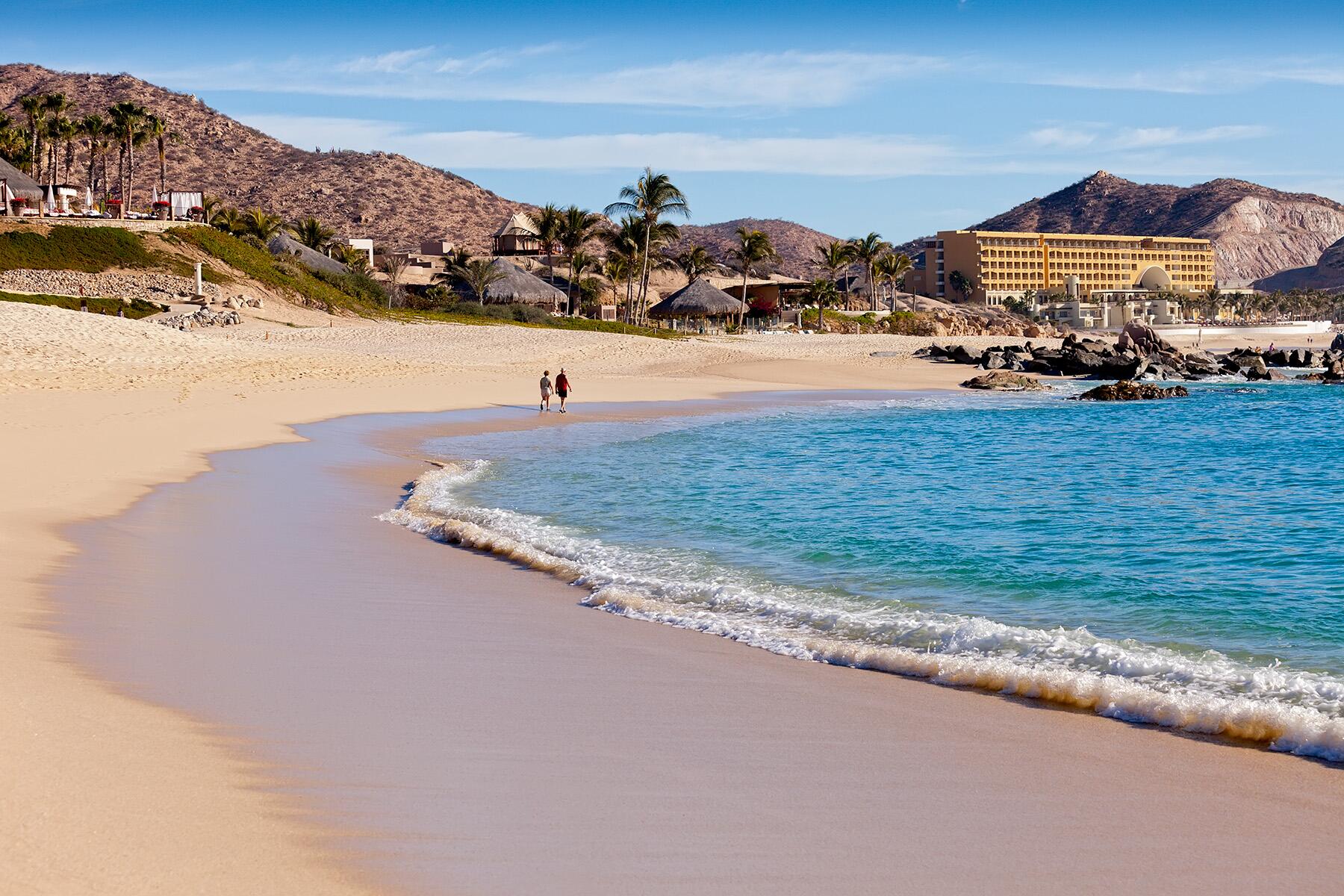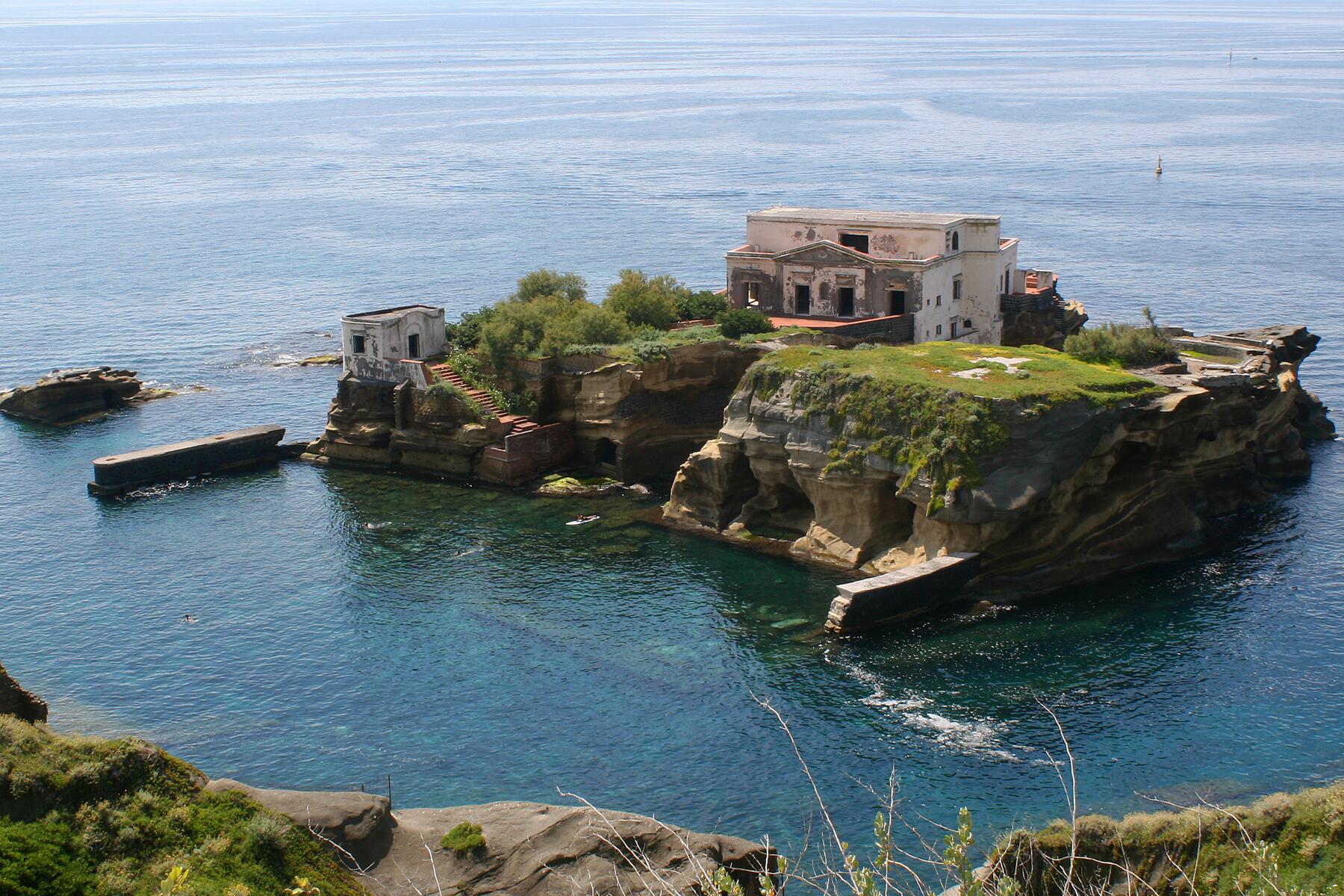Swim at your own health risk.
Last month, a report released by the Environment America Research and Policy Center, a non-profit focused on research and education of environmental issues, detailed a list of the dirtiest beaches in the United States. How “dirty” a beach may or not be was measured based on the number of days last year that the water at beaches had a bacteria count that surpassed the limits set by the Environmental Protection Agency (EPA). But it turns out some of the previously listed beaches may have been unfairly maligned.
The original study (published on July 23) is now being partially discredited after authorities in some counties (whose beaches were named in the report) raised concerns about the study’s methodology. Apparently, fewer beaches had bacteria spikes than Environment America originally claimed. A revision was released on August 2.
According to John Rumpler, Environment America’s water program director, the research is still valid and informative—despite the controversy. “The report still has great value—and a big regret is the errors distracted from the overall message of the importance of protecting our water,” he told USA Today.
How Many Beaches Were Measured (Exactly)?
Among the 4,523 beach sites, 2,580, (or 57 percent) were found to have water pollution levels that surpassed the EPA’s threshold on at least one day. This is down from the 2,627 beaches listed in the initial uncorrected report. Of those 2,580 beaches, “546 locations were potentially unsafe on one-quarter of the days tested,” the new report says. Originally, the report detailed 610 beach sites. Frontier Group, a group of environmental research and analysis experts, were responsible for the analysis of the report on behalf of Environment America Research and Policy Center. Frontier Group Managing Director Susan Rakov apologized for the mistakes and the confusion those errors caused.
Recommended Fodor’s Video
“The report still has great value—and a big regret is the errors distracted from the overall message of the importance of protecting our water.”
Here’s a Sample of the Study (Whose Results Are Still Rather Alarming)
The focus of the study was on fecal contamination at beaches in 29 coastal and Great Lakes states and Puerto Rico. According to the corrected information, 67 percent of 850 West Coast sites (including Malibu Lagoon State Beach in Los Angeles County and Oregon’s Twin Rocks Beach at Watseco Creek) tested were found to be unsafe for at least one day in 2018. On the East Coast, 48 percent of the 2,372 sites (including areas of Myrtle Beach, South Carolina, and New York’s Tanner Park) tested were found to be unsafe for at least one day in 2018. See the full list here.
How to Minimize Risks to Your Health at These Beaches
Environment America set out to bring awareness to the cleanliness of beaches—which are typically hit hard with waste from storm runoff and sewage overflows—and how they can become a health risk if not properly maintained. Per the findings, approximately 57 million cases of recreational waterborne illness are reported in the U.S. each year. To minimize such risks, avoid swallowing water and wash your hands once you get out of the water (before handling any food). Also, be cautious of swimming with an open wound or any sort of illness.
Let’s Keep Fecal Matter Out of the Oceans
To combat the threats on a wider scale, the report recommends everyday solutions such aids as rain barrels, rooftop gardens, and permeable pavement, all of which catch precipitation and prevent runoff into bodies of water. Additionally, policymakers can increase funding to sewage systems and protect wetlands and natural infrastructure, which filter bacteria and nutrients.



